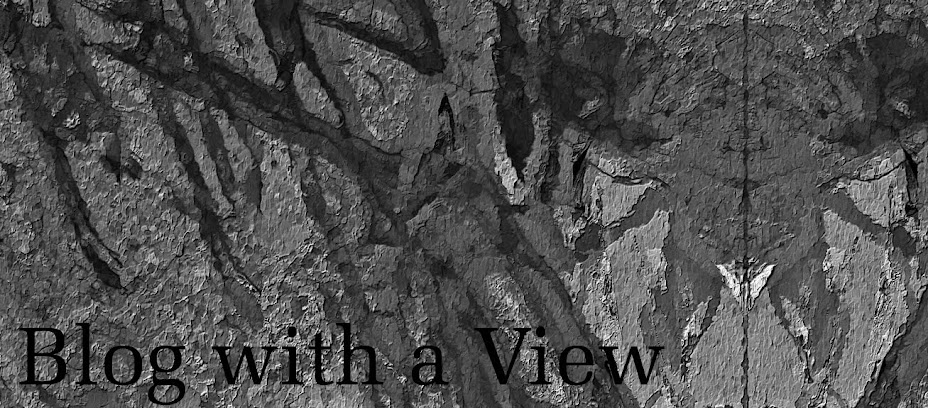The Cult of Felix (2005)
Righty-o. Here's a new one celebrating one cool cat. From "The History of Felix the Cat":
During the early days of television development it was necessary to monitor and adjust the quality of the transmitted picture in order to get the best definition. To do this, engineers required an 'actor' to constantly be under the burning studio lights as they tweaked and sharpened the image, and Felix fit the bill perfectly. He was the right colour (black and white), impervious to the heat from the lights and worked cheaply (in fact a one-off payment was all that was required). RCA's first experimental television transmissions began in 1928 by station W2XBS (New York-Channel #1) in Van Cortlandt Park and then moved to the New Amsterdam Theater Building, transmitting 60 line pictures. The 13" Felix the Cat figure made of paper mache was placed on a record player turntable and was broadcast using a mechanical scanning disk to an electronic kinescope receiver. The image received was only 2 inches tall, and the broadcasts lasted about 2 hours per day. By 1931 the station became part of NBC and began to transmit from 42nd St. These early broadcasts consisted of objects like Felix the Cat or early test patterns and photographs. Felix remained on his turntable for almost a decade as the early experimenters strove towards the goal of a high definition picture.
Felix -- the first supermodel?
Felix the Cat had a very humble beginning as a curious and mischievous little cat as first conceived by New Jersey cartoonist Otto Messmer. In no time at all he was more popular than movie stars and world leaders of the same era. His squat, black body and huge, wide eyes and grin were instantly recognizable worldwide. He is considered the first true movie cartoon star. His first appearance was in a short film in the early 1900's called "Feline Follies". Soon thereafter he made the transition to print. King Features syndicated Felix in over 250 newspapers in a multitude of languages, reaching practically every corner of the globe. He's now published through Felix Comics, Inc., in various magazines and publications. Little did anyone know back then that this rather angular Felix would metamorphosize into the rounder, more lovable character he is today.Otto Messmer was just doing what he loved to do...draw! He had no idea what he was starting! It wasn't long before a young Joe Oriolo, Otto's protégé, began working closely with Felix. There was a love for the character from the beginning. Joe Oriolo's presence with Felix then became very pronounced. Joe began to work exclusively on Felix and received from Otto a "carte blanche" to create a "new Felix". Joe Oriolo thus created a new Felix with a new image, new personality and new characters, including The Magic Bag of Tricks, Poindexter, The Professor, Rock Bottom and Vavoom.
Another view of Felix history from Fabulous Felix the Cat:
Felix was created by Otto Messmer for Pat Sullivan's Studio in New York. Felix made his first appearance in the five-minute short "Feline Follies", included as part of a Paramount Magazine serial release to Paramount-Publix Theatres in November of 1919. The years that followed brought worldwide attention to the Cat, as well as to the technology of Film Animation. (Very often this attention consisted of Pat Sullivan telling reporters, in vague terms, how he imagined some technique of "his" worked -- Sullivan was the only person to receive onscreen credit at all, despite the fact that he had virtually nothing to do with the actual production of the cartoons.)And then, there was sound. When the world went crazy for sound in Cartoons, Sullivan decided to wait things out. While other studios were converting to sound production, Sullivan stood by, waiting for the trend to pass. Sound was eventually added post-production to a handful of silent Felix films. Astronomeows (1928) is one such example. It is both funny and beautiful. In this case, sound has simply been added over an existing cartoon in an attempt to heighten the comedy of the situation. If it is not vital to the animation; it does not detract from it.But times changed -- rapidly. Sullivan had missed the boat. The outfit was crushed under the fast growth of studios like the Fleischers' and Disney's. Their creative forces had been drained; and they certainly had no chance of keeping up technologically. As if in an effort to call their staff back, they animate Felix around sound. The cost of the sound and the loss of the studio's staff took their toll on creativity. The animation in films such as April Maze, for example, is awkward and tragic. No longer does Felix move in the abstract, organic way that Animators like Messmer and Raoul Barré had mastered. The Cat's character changed for the worse over time, as well. He became increasingly domesticated, eventually timid and child-like.
That assessment might be a little harsh. I remember watching a truly surreal incarnation of Felix with my daughter called The Twisted Adventures of Felix the Cat (1995). Like Animaniacs, the writing was layered to appeal to both children and adults, but the drawing and situations in this last Felix model were highly stylized and exaggerated. Perhaps that experience helps to explain the abstract, cartoony suggestiveness of today's image.

1 comment:
In Latin, Felix means "fortunate," just as "happy" means "blessed by hap [fortune]."
Felicitations
Handy with a brick,
Squatting on a tick,
Cowing down a lick,
I'm waiting for the milk truck.
Randy as a snob,
Corny as a cob,
Lousy as a job,
I'm aiming for that milk truck.
Maybe it's a cat,
Maybe it's a rat,
Maybe it's a hat
Blotting out that milk truck.
Spinning round the room,
Lowering the boom,
In and out we zoom,
Cueing for the milk truck.
Post a Comment